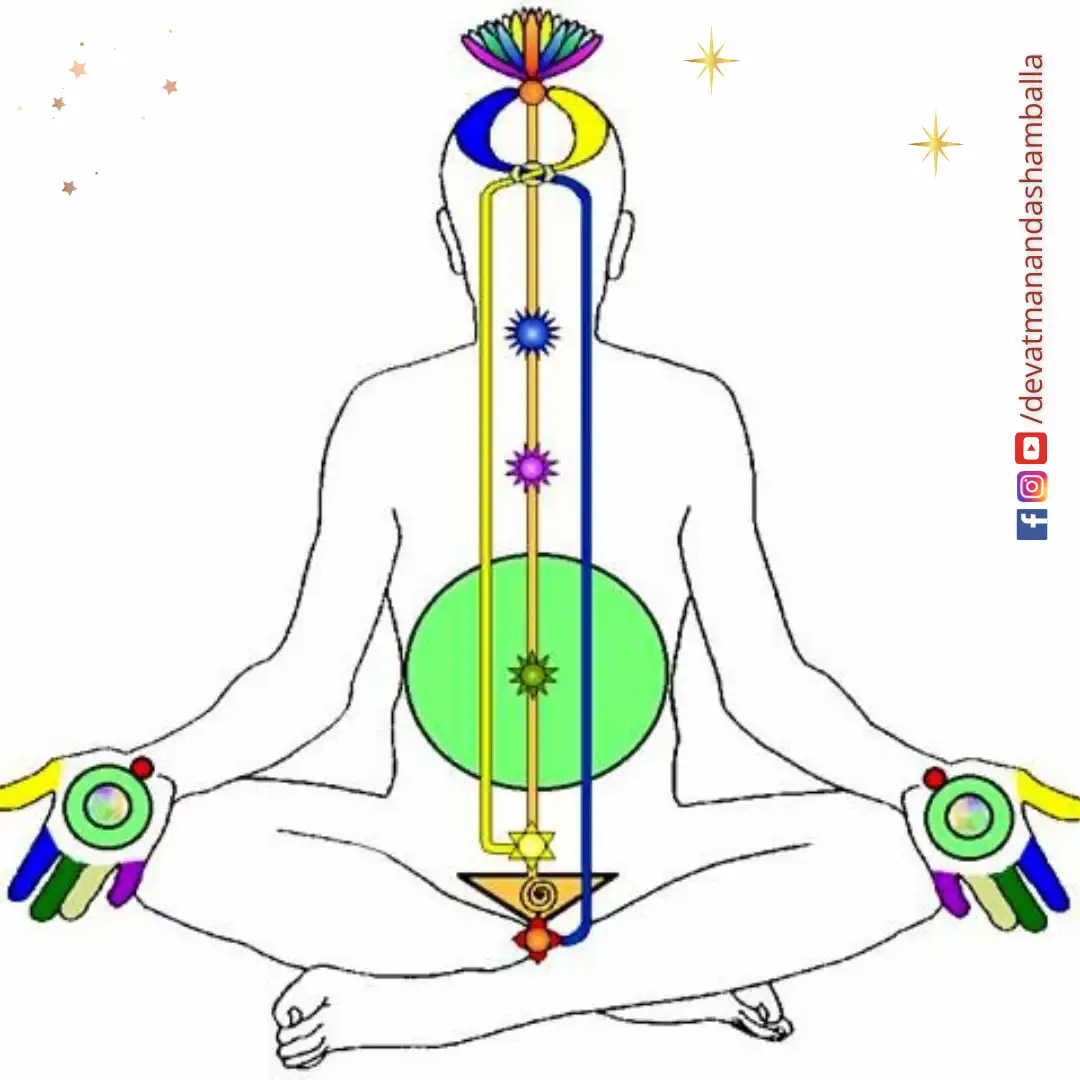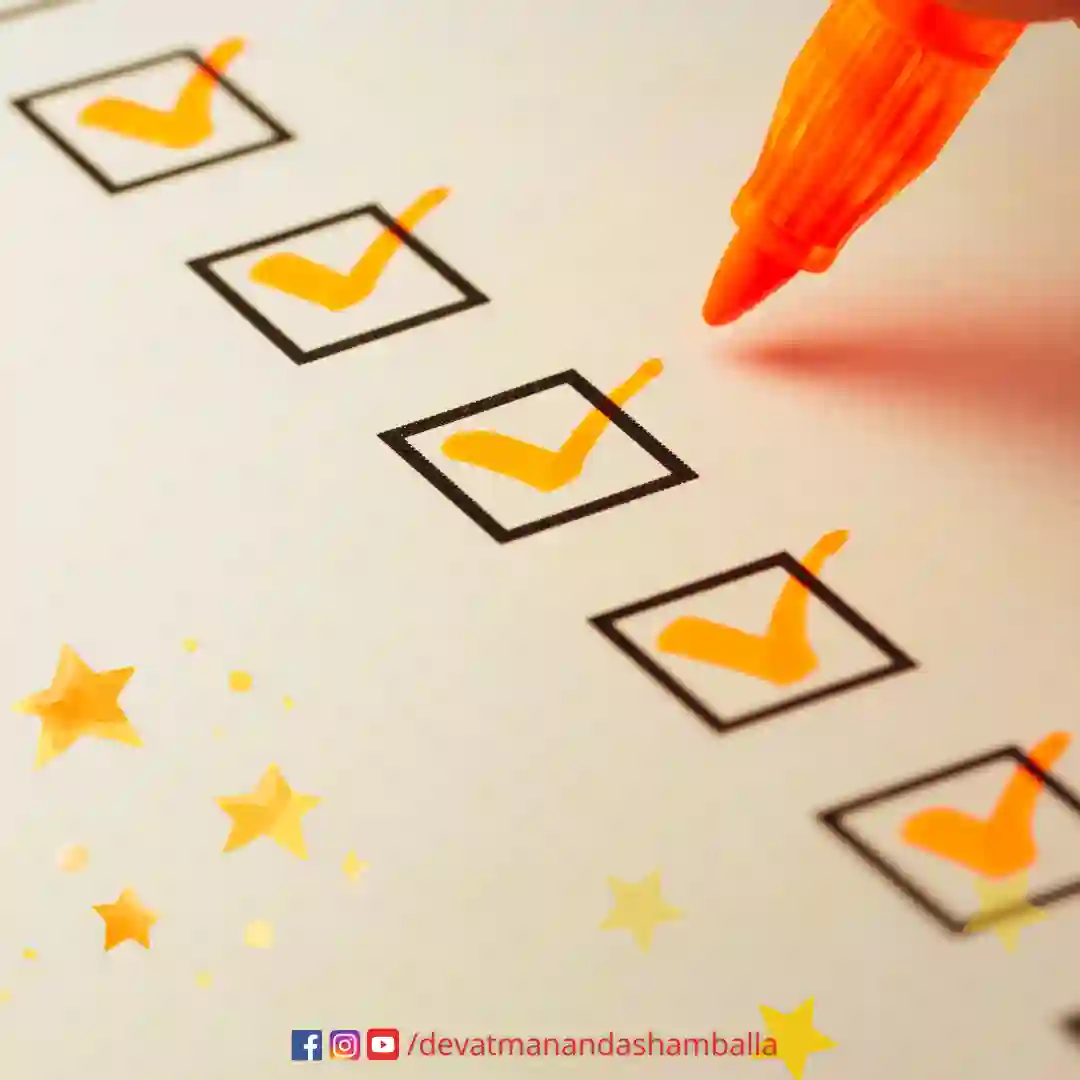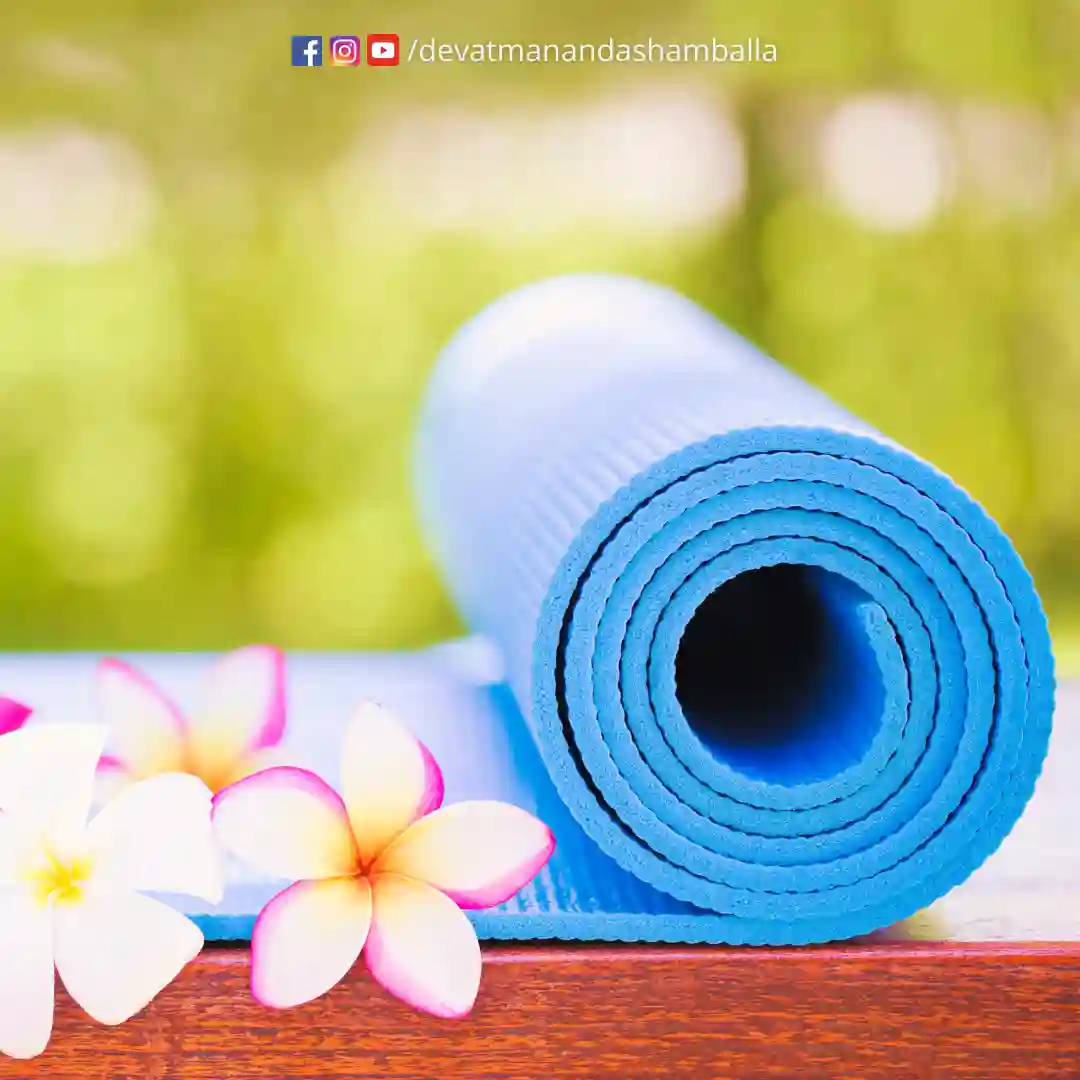Pranayama

Prana is a subtle Cosmic energy which is present in the entire Universe. We receive prana from our Sun while breathing. Breath is the main source and proof of being alive. Pranayama is the practice of regulating our breath and its pattern. It is also the fourth limb of Ashtanga Yoga.
The prana that we inhale gets segregated into 5 pranas or pancha pranas. They are prana, apana, samana, vyana and udhana.
Prana flows into our system through its network of minute energy tubes called nadis. Pranamaya kosha or vital body is the receiver of this prana through these nadis. There are 72,000 nadis, and out of those, 101 nadis are main nadis and others are small nadis.
The three principal nadis run from the base of the spine to the head, and they are the ida on the left, the sushumna in the center which runs along the spinal cord through the seven chakras, and the pingala on the right.
The ultimate goal of pranayama is to unblock these nadis and activate the dormant energies within. This would lead to higher spiritual experiences and eventually make self-realisation possible.
Pranayama aims at the right and full functioning of the Pranamaya kosha to acquire prana in a rich capacity which cleanses and purifies the entire 72,000 nadis in our body system.
Pranayama consists of inhalation, exhalation and retention. In retention, the chest acts as the magnetic field, spindles as turbines and transmits the in-drawn energy to the lungs that act as energy generators.
These generated energies are stored in the chakras. Chakras act as transformers that distribute energy to all parts of the body.
The three principal nadis run from the base of the spine to the head, and they are the ida on the left, the sushumna in the center which runs along the spinal cord through the seven chakras, and the pingala on the right. The ultimate goal of pranayama is to unblock these nadis and activate the dormant energies within. This would lead to higher spiritual experiences and eventually make self-realisation possible.
Pranayama | Practice
Inhale air (prana) through both the nostrils and also visualise Light (White or Golden) as you inhale.
Hold your breath. As you retain, spread the prana and Light to each and every cell in the body and to all the five Koshas one by one and experience the Light in the entire system. Hold only as much as comfortable.
Exhale air (prana) completely.
Hold your breath again. Retain for the same duration of time as practiced in step 2.
Above 4 steps make 1 round. Ensure that the same time duration is adhered to for all the steps. Avoid practising after food or make sure there is a minimum gap of 2 hours after the food intake.

who
✔ Anyone above 8 years of age
where
✔ Indoors or Outdoors
when
✔ Anytime of day, preferably early morning
duration
✔ Minimum 5 minutes
Benefits

✔ Regular practice of pranayama gives us the following physical, mental and spiritual benefits:
✔ Improves overall health and quality of life.
✔ Boosts immune system
✔ Increases lung’s capacity, oxygen intake and energy level
✔ Clears nervous disorders
✔ Increases longevity and enriches the lifeforce
✔ Helps to control anger and anxiety
✔ Removes tiredness, worries and stress
✔ Improves quality of sleep
✔ Brings calmness, peace of mind and alertness
✔ Brings stillness of mind quickly
✔ Reduces the thoughts or thought rate during meditation
✔ Cleanses and purifies entire nadi system
✔ Strengthens the nadi system and also the Panchakoshas
✔ Operates on the dormant faculties in us, such as intuition etc.
✔ Helps us align better with the divine
✔ Helps to attain self-realisation which is the ultimate purpose of human life
Guidelines

✔ Sit straight in any comfortable asana on a mat.
✔ Ensure that the spine is erect and the chin is parallel to the ground.
✔ Relax your face, shoulders and the entire body.
✔ Inhale and exhale as slowly as possible.
✔ Ensure that the same time duration is adhered to for all the steps inhalation, retention, and exhalation.
✔ Practice comfortably, without any excertion or forcing.


follow us
view all quotes ...